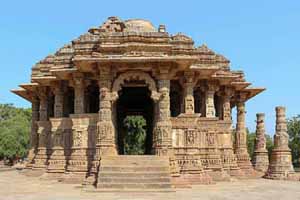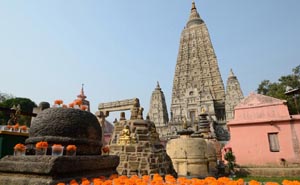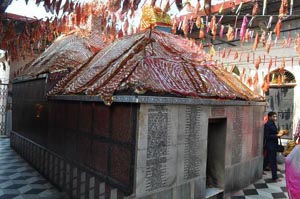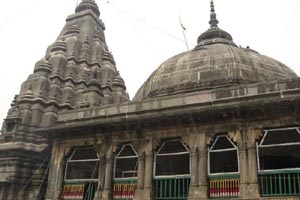Gaya Temples
List of Names & Information on Famous Hindu Temples in Gaya District
Here you can find list of names and information (like history, architecture & facts) on ancient / old Hindu temples in Gaya, India. These Famous temples in Gaya district are most visited and most sought after best tourist places. You can also find photos of Gaya temples / mandir.
The Dakshinaarka Temple is situated in Gaya in the Indian state of Bihar. It is a Hindu temple dedicated to the Sun God commonly known as Surya Devta. Gaya is a very holy and religious city from ancient times being the sanctum of Lord Buddha and also Lord Mahavira. Apart from being a Buddhist and Jain pilgrimage centre there are many Hindu temples as well situated on the Gangetic plains of the sacred River Ganga.
The Mahabodhi temple draws a large number of Buddhist Pilgrims as it is the most sacred grounds of for Buddhists. People from all around world visit the holy site. The most important festival celebrated in the Buddha Jyanti. The temple is open throughout the year. The timings at which devotees are allowed to visit the temple are scheduled from 5:00 am till 12:00 noon and again from 9:00 pm. No entry fee is charged and the visiting during is about 2 hours.
The Mangla Gauri temple which is located in Gaya, Bihar has been of great significance and the stories of which has been mentioned in Padma Purana, Vayu purana as well as Agni Purana. This holy place has been dedicated to Maa Shakti in the prevailing Vaishnavite pilgrimage centre of Gaya. Maa Mangla Gauri is prayed as the Goddess of munificence and the temple comprises of an Upa-Shakti Pitha. This pitha is considered to be a place where the upper part of the body of Shakti fell as per the mythology.
The Vishnupada Temple is situated in the district of Gaya in the Indian state of Bihar on the bank of River Falgu. It is a Hindu temple dedicated to Lord Vishnu, the supreme god in Hinduism. The significant feature of the temple is the presence of a large footprint belonging to Lord Vishnu himself therefore making it a very holy shrine. The present structure was built in 1787 by Queen Ahilya Bai Holkar, the Queen of Indore. The tradition priests who worship the temple are the Bhumihar Brahmins.
- Andhra Pradesh Temples
- Assam Temples
- Bihar Temples
- New Delhi Temples
- Goa Temples
- Gujarat Temples
- Jammu and Kashmir Temples
- Karnataka Temples
- Kerala Temples
- Madhya Pradesh Temples
- Maharashtra Temples
- Odisha Temples
- Punjab Temples
- Rajasthan Temples
- Sikkim Temples
- Tamil Nadu Temples
- Telangana Temples
- Uttar Pradesh Temples
- Uttarakhand Temples
- West Bengal Temples



